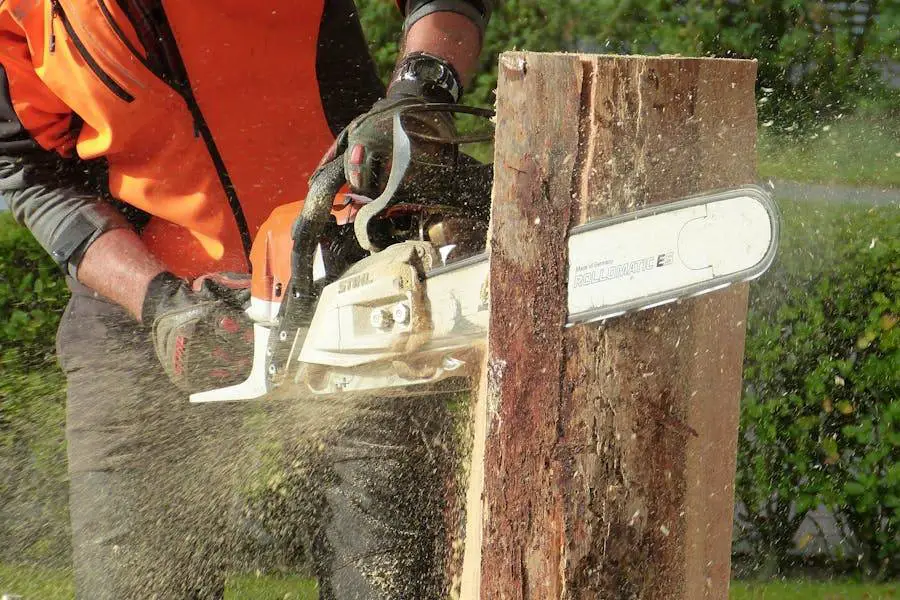Table of Contents
A vacuum sealer is an indispensable tool in any modern homestead, and the FoodSaver brand is a popular choice among consumers.

However, like any appliance, it can experience issues. One common problem is the FoodSaver sealing strip not heating.
This issue can hinder the machine’s ability to create airtight seals, reducing its effectiveness. This article will delve into the causes of this problem and provide practical solutions.
Understanding the FoodSaver Sealing Strip Functionality
The Role of the Sealing Strip in Vacuum Sealing
The sealing strip in a FoodSaver vacuum sealer plays a crucial role in the sealing process.
It’s responsible for generating heat that melts the bag’s edges, creating an airtight seal that keeps the food fresh for longer.
Without adequate heat, the seal won’t form correctly, leading to air leakage and potentially spoiled food.
What Happens When the Sealing Strip Fails to Heat
When the sealing strip fails to heat, the vacuum sealer cannot melt the bag’s edges, preventing it from forming a proper seal.
This can result in air entering the bag, which compromises the vacuum seal’s integrity and reduces the shelf life of the stored food.
Causes and Solutions for FoodSaver Sealing Strip Not Heating
Power Issues
Identifying Power Issues
If your FoodSaver sealing strip isn’t heating, the first thing to check is the power supply. Ensure that the machine is properly plugged in and that there are no issues with the outlet.
How to Solve Power-related Problems
If you’ve identified a power issue, try plugging the vacuum sealer into a different outlet.
If it still doesn’t work, the problem might be with the power cord or the machine itself, in which case you should contact FoodSaver customer service or a professional repair service.
Faulty Heating Element
Recognizing a Faulty Heating Element
A faulty heating element is another common cause of the sealing strip not heating. If the machine powers on but the sealing strip doesn’t heat, the heating element might be broken.
Steps to Fix a Faulty Heating Element
Fixing a faulty heating element typically requires professional repair or replacement of the part.
It’s crucial not to attempt this repair yourself unless you have the necessary skills and knowledge, as it can be dangerous and may void your warranty.
Worn-out Sealing Strip
Signs of a Worn-out Sealing Strip
Over time, the sealing strip can wear out and lose its ability to generate enough heat to seal the bags.
Signs of a worn-out sealing strip include inconsistent sealing, where some parts of the bag are sealed while others aren’t.
Replacing the Sealing Strip
If you suspect that the sealing strip is worn out, the best solution is to replace it. You can purchase a replacement sealing strip from FoodSaver or a trusted appliance parts store.
Be sure to follow the manufacturer’s instructions when replacing the sealing strip.
Incorrect Usage
Common Mistakes in Using FoodSaver Vacuum Sealer
Incorrect usage of the vacuum sealer can also lead to the sealing strip not heating. This can include overfilling the bags, not leaving enough space for the seal, or using incompatible bags.
Proper Usage Guidelines

To avoid these issues, always ensure that you’re using the vacuum sealer correctly. Follow the manufacturer’s instructions regarding bag size and filling guidelines.
Also, make sure to use bags that are compatible with your particular FoodSaver model.
Damaged Circuit Board
Diagnosing a Damaged Circuit Board
A damaged circuit board can prevent the sealing strip from heating.
If your machine is showing signs of other electrical issues, such as not powering on correctly or displaying error messages, the circuit board might be damaged.
Repairing or Replacing the Circuit Board
Repairing a damaged circuit board is a complex task that should be left to professionals.
If you suspect that your machine’s circuit board is damaged, contact FoodSaver customer service or a professional repair service.
Overheating of the Machine
Detecting Overheating Issues
If your vacuum sealer gets too hot, it may shut down as a safety measure, preventing the sealing strip from heating.
Overheating can be caused by continuous use of the sealer without allowing it to cool down between seals.
Preventing and Managing Overheating
To prevent overheating, avoid using the vacuum sealer continuously for extended periods. Allow the machine to cool down between seals.
If your machine has already overheated, unplug it and let it cool down before attempting to use it again.
Inadequate Maintenance
Importance of Regular Maintenance
Like any appliance, a FoodSaver vacuum sealer requires regular maintenance to function optimally.
Neglecting this maintenance can lead to various issues, including the sealing strip not heating.
Maintenance Tips for FoodSaver Vacuum Sealer
Regularly clean your vacuum sealer according to the manufacturer’s instructions to keep it in good working order.
This includes cleaning the sealing strip and the drip tray, checking for any loose or damaged parts, and replacing worn-out components as needed.
Loose Wiring

Spotting Loose Wiring Issues
Loose wiring can also cause the sealing strip in your FoodSaver vacuum sealer not to heat.
If you’ve checked everything else and the sealing strip still isn’t heating, a wire may have come loose inside the machine.
Addressing Loose Wiring Problems
Fixing loose wiring is a task that requires electrical knowledge and should be done by a professional to avoid the risk of electric shock or further damaging the vacuum sealer.
If you suspect loose wiring is the issue, contact FoodSaver customer service or a professional repair service.
Faulty Thermostat
Recognizing a Faulty Thermostat
The thermostat in your vacuum sealer regulates the temperature of the sealing strip. If it’s faulty, it may not properly regulate the heat, causing the sealing strip not to heat up.
How to Fix a Faulty Thermostat
A faulty thermostat usually needs to be replaced. Contact FoodSaver customer service or a professional repair service to address this issue.
It’s not recommended to attempt to replace the thermostat yourself unless you have the necessary skills and experience, as it could lead to further damage or safety risks.
Misaligned Sealing Bar
Identifying a Misaligned Sealing Bar
The sealing bar, which houses the sealing strip, must be properly aligned for the machine to function correctly.
If the bar is misaligned, it could prevent the sealing strip from heating up evenly or at all.
Correcting a Misaligned Sealing Bar
If you suspect the sealing bar is misaligned, refer to your FoodSaver model’s user manual for instructions on how to realign it.
If this doesn’t solve the issue, or if you’re unsure about carrying out the task yourself, consider contacting FoodSaver customer service or a professional repair service for help.
Preventive Measures for Sealing Strip Issues
Regular Cleaning and Maintenance
Regular cleaning and maintenance are key to preventing issues with the sealing strip.
This includes wiping down the sealing strip after each use to remove any residual food or moisture that could interfere with its ability to heat.
Following Manufacturer’s Instructions
Always follow the manufacturer’s instructions when using and maintaining your FoodSaver vacuum sealer.
This includes using the recommended types of bags and not overfilling them, as well as carrying out regular maintenance.
Conclusion
Understanding the causes of the FoodSaver sealing strip not heating and implementing the suggested solutions can help ensure that your vacuum sealer continues to function effectively.
Regular maintenance and correct usage are key to preventing this and other issues.
If you encounter persistent or complex problems with your FoodSaver vacuum sealer, don’t hesitate to seek professional help.









![Hot And Neutral Reversed But Wired Correctly [Causes + Solutions] Hot And Neutral Reversed But Wired Correctly [Causes + Solutions]](https://homesteadandprepper.com/wp-content/uploads/2022/06/Hot-And-Neutral-Are-Reversed-But-Wired-Correctly-150x150.jpg)